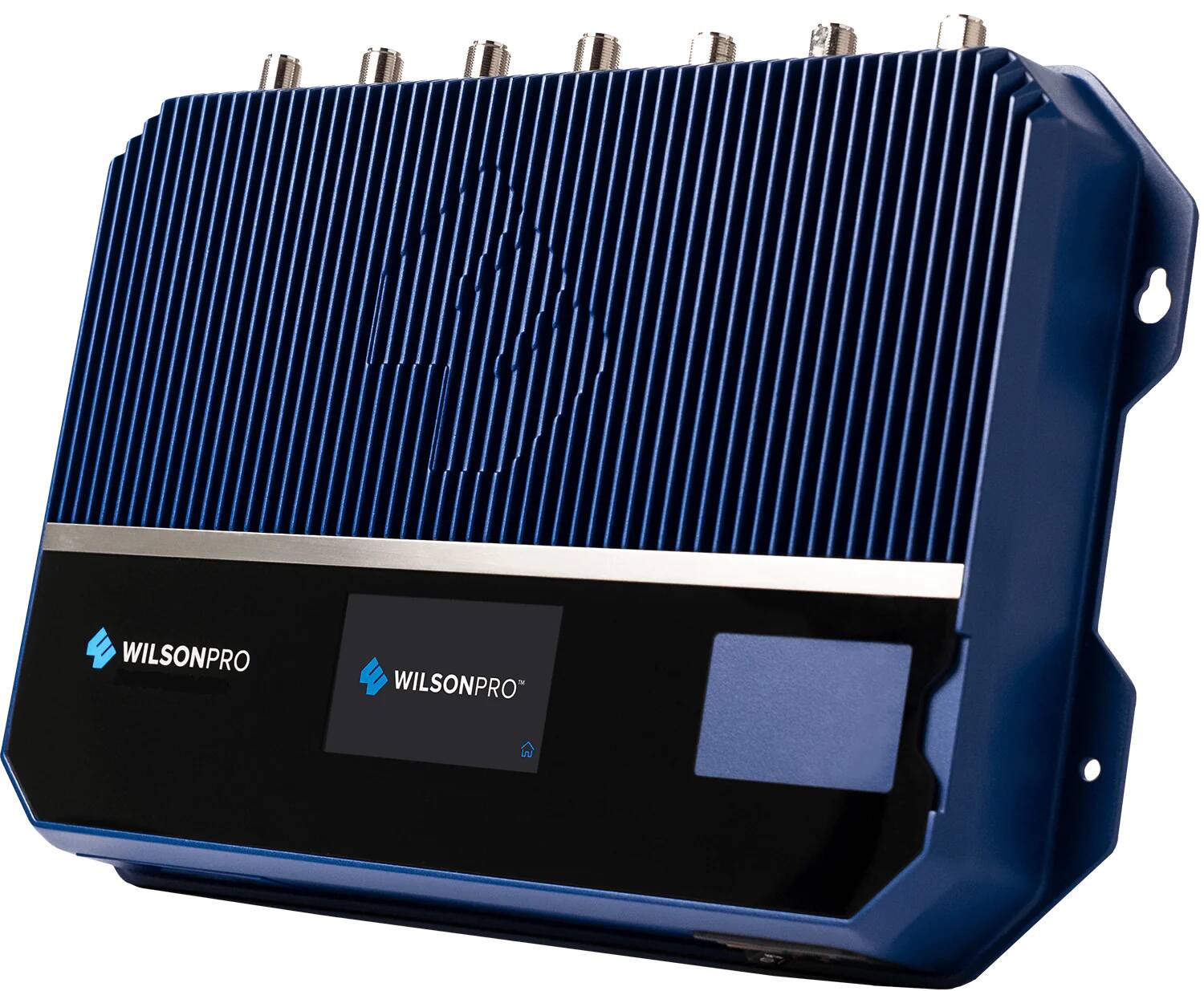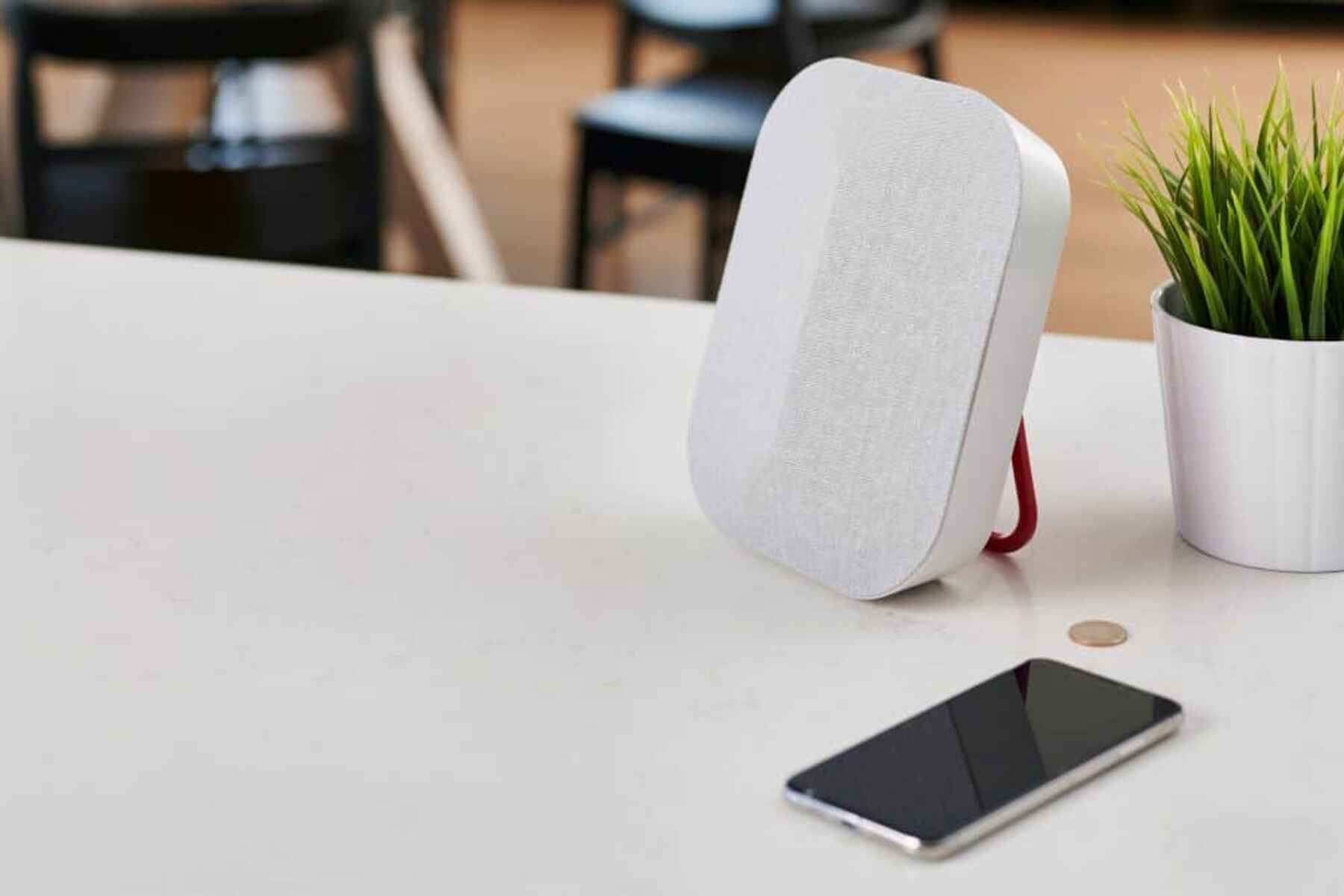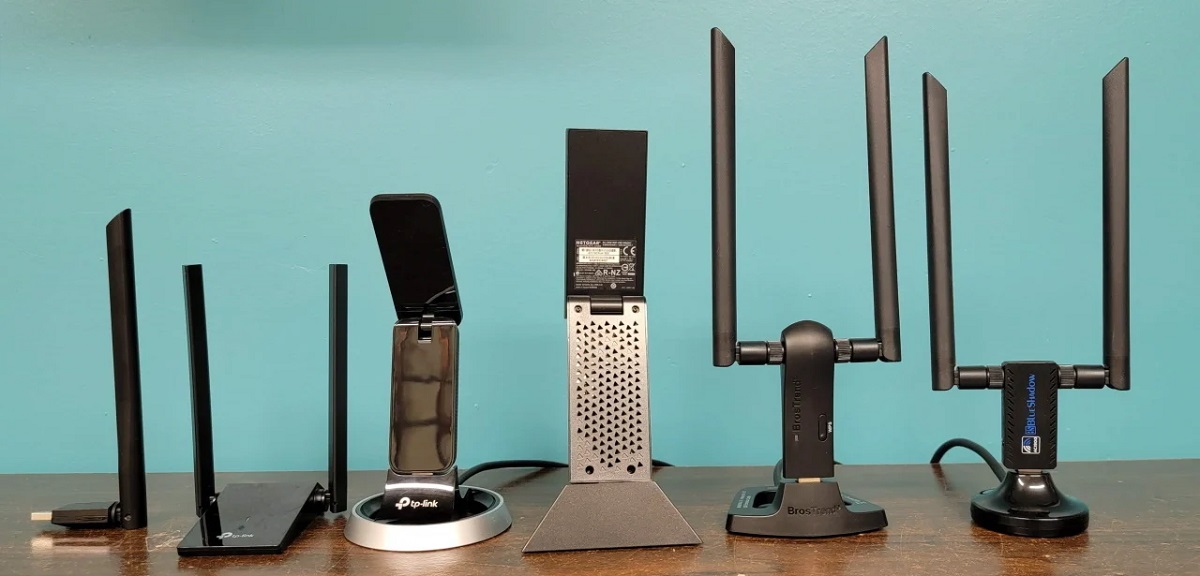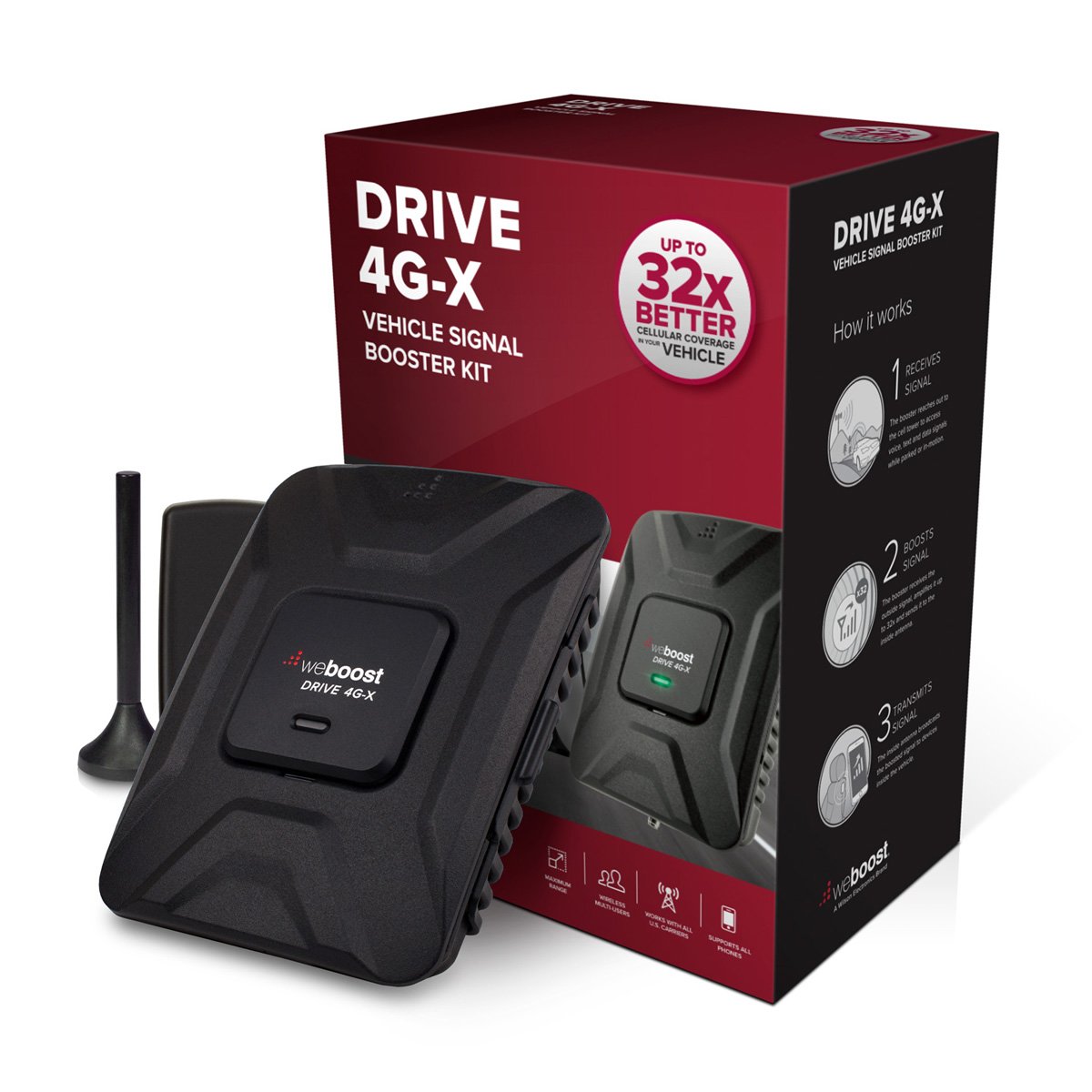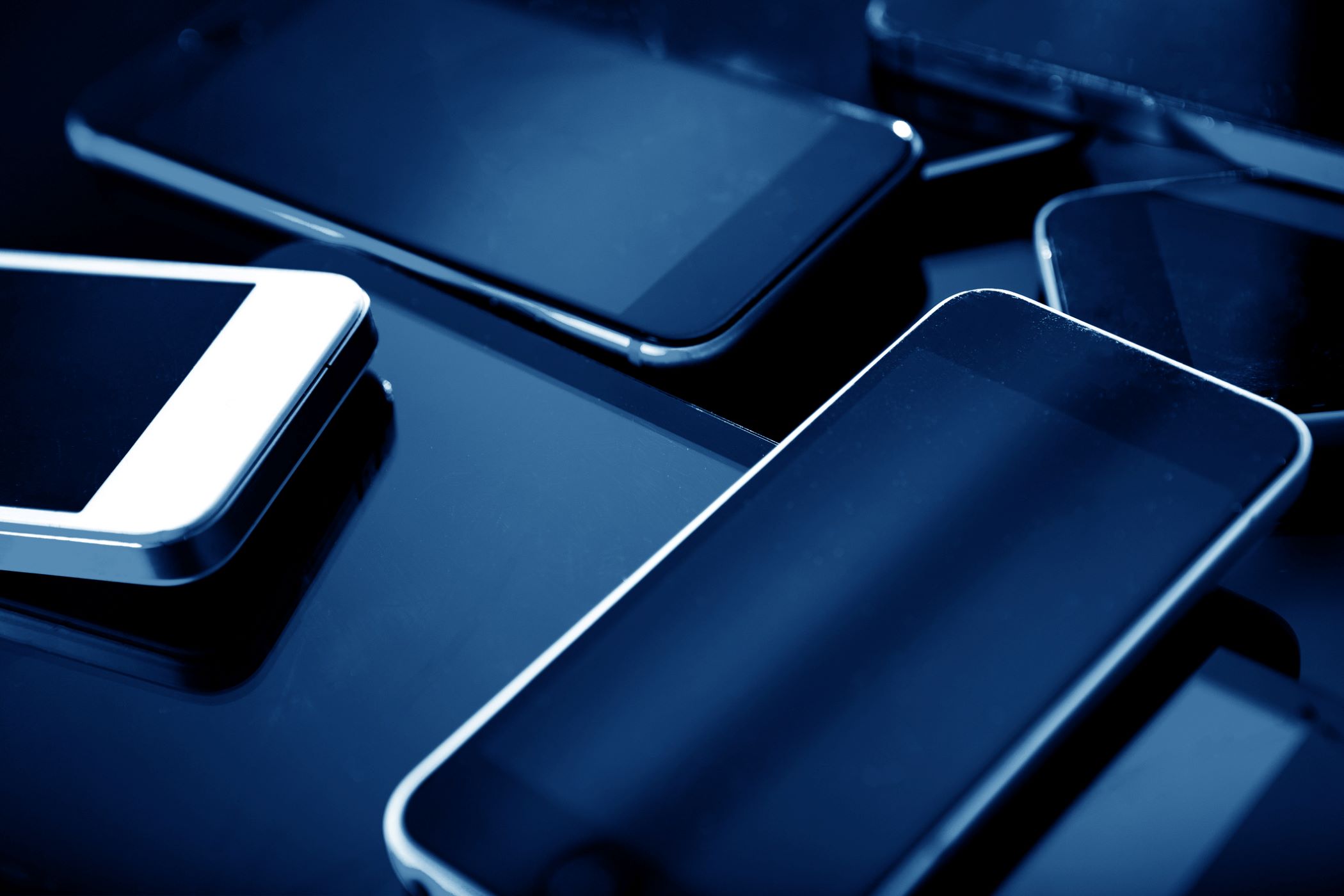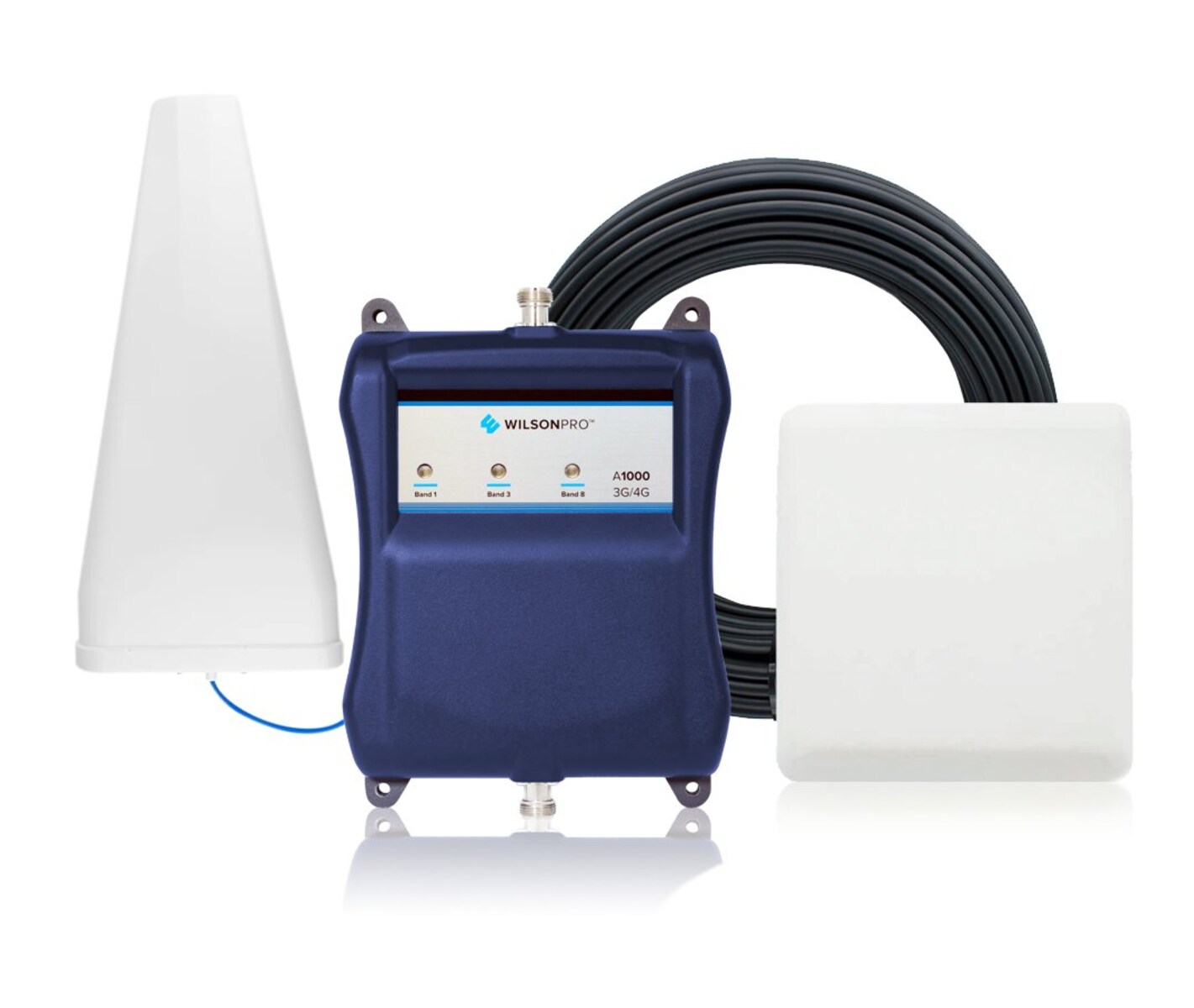Introduction
Welcome to the age of constant connectivity, where our cell phones have become indispensable tools for communication, work, and entertainment. However, despite the widespread coverage of cellular networks, there are still areas where signal strength may be weak or unreliable. This can be a frustrating experience, especially when important calls or messages are missed due to poor reception. Fortunately, cell phone signal boosters offer a solution to this common problem.
Cell phone signal boosters, also known as cell phone signal amplifiers or repeaters, are devices designed to enhance the strength and quality of cellular signals. They work by amplifying the existing signal, allowing users to enjoy improved call quality, faster data speeds, and better overall connectivity.
Whether you’re struggling with dropped calls in rural areas, experiencing poor reception in urban buildings, or simply seeking to optimize your mobile network performance, understanding the basics of cell phone signal boosters can empower you to make informed decisions about improving your cellular connectivity.
How Cell Phone Signal Boosters Work
Cell phone signal boosters operate on a simple yet effective principle: they capture weak cellular signals, amplify them, and then rebroadcast the enhanced signals within a targeted area. This process involves three primary components: an outside antenna, an amplifier, and an inside antenna.
The outside antenna, typically mounted on the exterior of a building or vehicle, is responsible for capturing the existing weak signal from the nearest cell tower. This signal is then transmitted to the amplifier, which boosts its strength. Once amplified, the signal is relayed to the inside antenna, which broadcasts the enhanced signal to the desired area within the building or vehicle.
It’s important to note that cell phone signal boosters do not create signals on their own; rather, they amplify existing signals. This means that to benefit from a signal booster, there must be some level of cellular signal available to capture and amplify. In areas with absolutely no signal, a signal booster may not be effective.
Signal boosters are available in various configurations to suit different needs. Some boosters are designed for use in vehicles, while others are intended for residential or commercial buildings. Additionally, signal boosters are compatible with multiple cellular carriers and can support multiple devices simultaneously, making them versatile solutions for improving connectivity across various environments.
Types of Cell Phone Signal Boosters
Cell phone signal boosters come in several types, each tailored to specific usage scenarios and environments. Understanding the different types can help individuals and businesses select the most suitable solution for their unique needs.
- Vehicle Signal Boosters: These boosters are designed for use in cars, trucks, RVs, and boats. They typically consist of a compact outside antenna that mounts on the vehicle’s exterior, an amplifier that can be placed discreetly inside the vehicle, and an inside antenna to broadcast the amplified signal to occupants’ devices. Vehicle signal boosters are ideal for improving cellular reception while on the move, ensuring reliable connectivity during road trips, commutes, and travel adventures.
- Home Signal Boosters: As the name suggests, these boosters are engineered for residential use. They feature an outside antenna to capture outdoor signals, an amplifier to enhance the signals, and an inside antenna to distribute the amplified signals within the home. Home signal boosters are available in various coverage capacities to accommodate different home sizes and layouts, providing consistent cellular connectivity for voice calls, texting, and data usage.
- Commercial Signal Boosters: Designed for larger indoor spaces such as offices, warehouses, and retail establishments, commercial signal boosters are capable of providing enhanced cellular coverage across expansive areas. These systems often include multiple inside antennas strategically positioned to ensure comprehensive signal distribution. Commercial signal boosters are essential for maintaining seamless communication and productivity within business environments.
- Multi-Carrier Signal Boosters: Some signal boosters are compatible with multiple cellular carriers, allowing users to benefit from enhanced signals regardless of their service provider. Multi-carrier signal boosters are versatile solutions for environments where individuals using different carriers require improved connectivity, eliminating the need for separate boosters for each carrier.
By offering a range of options, including vehicle, home, commercial, and multi-carrier signal boosters, manufacturers cater to diverse needs, ensuring that individuals and businesses can find the most suitable and effective solution to address their specific cellular signal challenges.
Benefits of Using Cell Phone Signal Boosters
Cell phone signal boosters offer a multitude of advantages for both individuals and businesses seeking to enhance their cellular connectivity. By investing in a signal booster, users can experience the following benefits:
- Improved Call Quality: Signal boosters amplify cellular signals, resulting in clearer voice calls with reduced background noise and fewer dropped calls. This enhancement in call quality contributes to more effective communication and a better overall calling experience.
- Enhanced Data Speeds: With stronger and more reliable signals, users can enjoy faster data speeds for activities such as web browsing, streaming content, and downloading files. Improved data speeds facilitate seamless online experiences, making it easier to stay connected and productive.
- Extended Battery Life: Weak cellular signals can cause mobile devices to exert more power in an attempt to maintain connectivity, leading to faster battery drain. By providing stronger signals, signal boosters help conserve battery life by reducing the strain on devices, allowing for prolonged usage between charges.
- Wider Coverage: Signal boosters expand the coverage area for cellular signals within homes, vehicles, and commercial spaces, ensuring that users have reliable connectivity throughout these environments. This expanded coverage is particularly beneficial in areas where signal strength is typically compromised, such as basements, remote rural areas, and urban buildings with dense construction materials.
- Enhanced Productivity: In commercial settings, reliable cellular connectivity is essential for seamless business operations. Signal boosters facilitate consistent communication, enabling employees to stay connected with clients, colleagues, and essential resources without interruptions or delays.
- Increased Property Value: For homeowners and property managers, the installation of a signal booster can enhance the appeal and functionality of a property by ensuring reliable cellular connectivity. This can be a valuable selling point for prospective buyers or tenants, contributing to the overall desirability and market value of the property.
By leveraging these benefits, cell phone signal boosters empower users to overcome the challenges associated with weak cellular signals, ultimately improving their communication experiences and overall quality of life.
Factors to Consider When Choosing a Cell Phone Signal Booster
When selecting a cell phone signal booster, several key factors should be carefully considered to ensure that the chosen device effectively addresses specific signal challenges and meets the user’s requirements. These factors include:
- Signal Strength: Assess the existing signal strength in the area where the booster will be used. Understanding the signal strength will help determine the type and strength of booster needed to achieve the desired level of improvement.
- Carrier Compatibility: Verify that the signal booster is compatible with the user’s cellular carrier. Some boosters are designed to work with specific carriers, while others support multiple carriers. Ensuring compatibility is crucial for optimal performance.
- Coverage Area: Determine the size of the area that requires improved signal coverage. Different boosters offer varying coverage capacities, so it’s essential to select a model that can effectively cover the intended space without signal degradation at the periphery.
- Outside Signal Source: Identify the location and strength of the outside signal source, typically the nearest cell tower. This information helps in positioning the outside antenna for optimal signal capture, ensuring efficient booster performance.
- Installation Requirements: Consider the installation complexity and any specific requirements associated with the chosen signal booster. Some boosters may require professional installation, while others are designed for easy do-it-yourself setup.
- Additional Features: Evaluate any additional features offered by the signal booster, such as automatic gain control, adjustable antenna positioning, and remote monitoring capabilities. These features can enhance the booster’s performance and user experience.
- Regulatory Compliance: Ensure that the selected signal booster complies with relevant regulatory standards and requirements. Compliance with regulations ensures legal and safe operation of the booster while minimizing interference with cellular networks.
By carefully considering these factors, individuals and businesses can make informed decisions when choosing a cell phone signal booster, ultimately selecting a solution that effectively addresses their specific signal enhancement needs and provides reliable connectivity.
Installation and Maintenance of Cell Phone Signal Boosters
The successful installation and proper maintenance of a cell phone signal booster are essential for ensuring optimal performance and longevity. Here are key considerations for installation and maintenance:
- Installation Process: Most signal boosters come with comprehensive installation instructions. It’s important to carefully follow these guidelines to position the outside antenna for optimal signal capture, place the amplifier in a central location, and strategically position the inside antenna for effective signal distribution. In cases where professional installation is recommended or required, engaging certified installers can ensure proper setup and compliance with regulations.
- Power Source: Signal boosters require a stable power supply for operation. Ensuring that the booster is connected to a reliable power source is crucial for consistent signal enhancement. Additionally, some boosters may incorporate surge protection features to safeguard against power fluctuations and electrical surges.
- Antenna Positioning: Proper positioning of the outside and inside antennas is critical for maximizing signal capture and distribution. Fine-tuning the antenna positions based on signal strength readings can significantly impact the booster’s effectiveness. Regularly checking and adjusting antenna positions can optimize signal reception and transmission.
- Grounding and Lightning Protection: In areas prone to lightning strikes, implementing proper grounding and lightning protection measures for the signal booster system is essential for safety and equipment protection. Following recommended grounding practices and utilizing surge suppressors can mitigate the risk of damage from electrical surges.
- Regular Inspections: Periodic inspections of the signal booster components, including antennas, cables, and connectors, can help identify and address any issues that may affect performance. Checking for physical damage, corrosion, or loose connections is crucial for maintaining reliable signal enhancement.
- Software Updates: Some advanced signal boosters may feature software-driven functionality. Regularly checking for and applying available firmware updates can ensure that the booster operates with the latest performance enhancements and compatibility improvements.
- Compliance Monitoring: Monitoring the booster’s compliance with regulatory standards is important for legal operation and network interference prevention. Ensuring ongoing compliance with relevant regulations is vital for maintaining the lawful and effective operation of the signal booster.
By adhering to proper installation practices and implementing regular maintenance measures, users can optimize the performance and longevity of their cell phone signal boosters, ensuring consistent and reliable signal enhancement for improved connectivity.
Legal and Regulatory Considerations for Cell Phone Signal Boosters
Cell phone signal boosters are subject to various legal and regulatory considerations to ensure their safe and lawful operation while minimizing interference with cellular networks. Understanding these considerations is crucial for compliant and responsible use of signal booster technology.
- FCC Compliance: In the United States, the Federal Communications Commission (FCC) regulates the use of signal boosters to prevent network interference and ensure the proper functioning of wireless communication systems. Signal boosters must comply with FCC technical standards and operational requirements to be legally used in the country.
- FCC Registration: The FCC requires that consumer and industrial signal boosters be registered with the commission prior to operation. Registration involves providing specific details about the booster, including its make, model, and intended use. This process helps the FCC manage and monitor the deployment of signal boosters across different regions.
- Network Operator Approval: Some cellular network operators may have specific guidelines or approval processes for the use of signal boosters on their networks. Users should familiarize themselves with their carrier’s policies and seek any necessary approvals to ensure compliance with network requirements.
- Maximum Permissible Gain: The FCC imposes limitations on the maximum gain, or amplification, allowed for consumer signal boosters. This restriction helps prevent excessive signal boosting that could interfere with neighboring cellular networks. Users should ensure that the signal booster they deploy adheres to the FCC’s maximum permissible gain limits.
- Prohibition of Unauthorized Signal Boosting: Unauthorized use of signal boosters that have not been certified or registered with the FCC is strictly prohibited. Engaging in unauthorized signal boosting can lead to network disruption and is subject to enforcement actions by regulatory authorities.
- Interference Prevention: Users of signal boosters are responsible for ensuring that their devices do not cause harmful interference to cellular networks. This includes proper installation, operation within specified parameters, and adherence to regulatory requirements to prevent disruptions to wireless communications in the surrounding area.
- Compliance Verification: Periodic verification of the booster’s compliance with regulatory standards is essential to ensure ongoing lawful operation. Users should monitor and confirm that their signal boosters continue to meet the necessary compliance criteria, especially after any modifications or updates to the system.
By adhering to legal and regulatory considerations, users can deploy and operate cell phone signal boosters in a responsible and compliant manner, contributing to the reliable and interference-free operation of wireless communication networks.
Conclusion
Cell phone signal boosters serve as invaluable tools for overcoming the challenges of weak or unreliable cellular signals, offering a range of benefits that enhance communication and connectivity. By amplifying existing signals, these devices improve call quality, data speeds, and coverage areas, ultimately empowering users to stay connected in various environments.
When considering the installation of a cell phone signal booster, it’s essential to carefully assess factors such as signal strength, carrier compatibility, coverage area, and installation requirements to select the most suitable solution. Additionally, understanding the legal and regulatory considerations, including FCC compliance and network operator approvals, is crucial for ensuring responsible and compliant use of signal booster technology.
Proper installation and maintenance practices, including antenna positioning, power source management, and compliance monitoring, are vital for optimizing the performance and longevity of signal boosters. By adhering to these best practices, users can ensure consistent and reliable signal enhancement for improved connectivity without causing harmful interference to cellular networks.
Overall, cell phone signal boosters offer a practical and effective means of addressing signal challenges, whether in residential, commercial, or mobile environments. By leveraging these devices and embracing the associated considerations and best practices, individuals and businesses can enjoy enhanced communication experiences and seamless connectivity, regardless of their location or network conditions.







